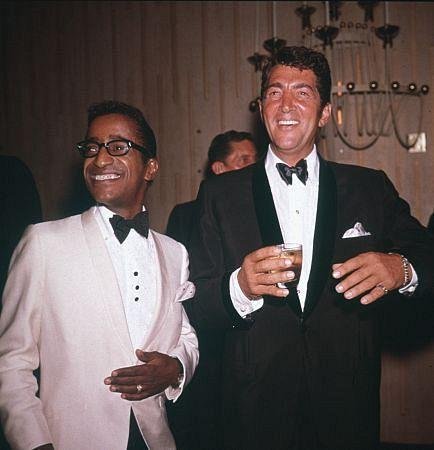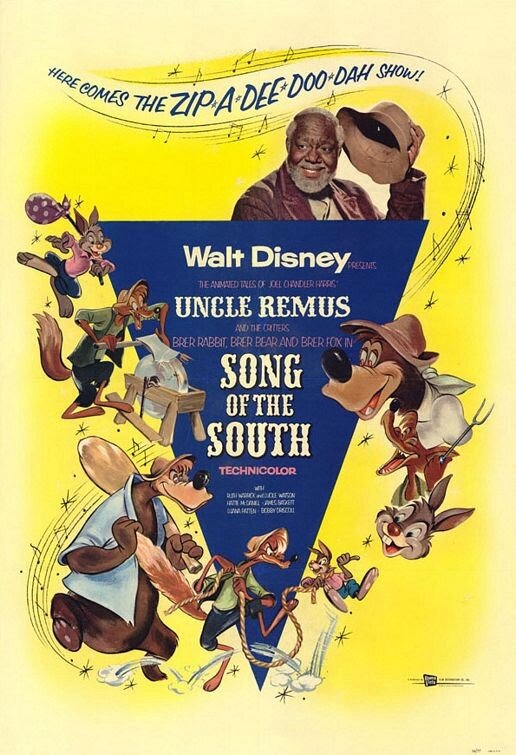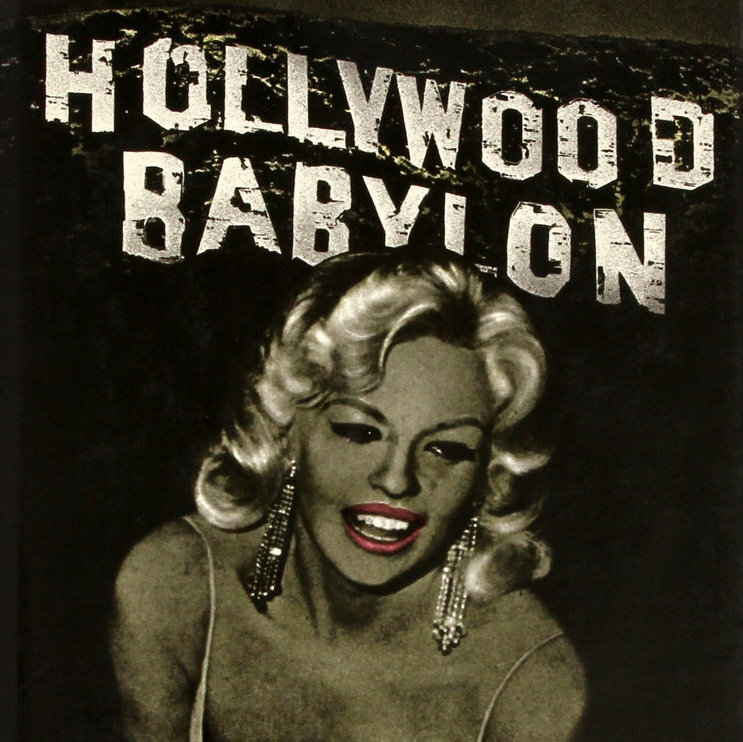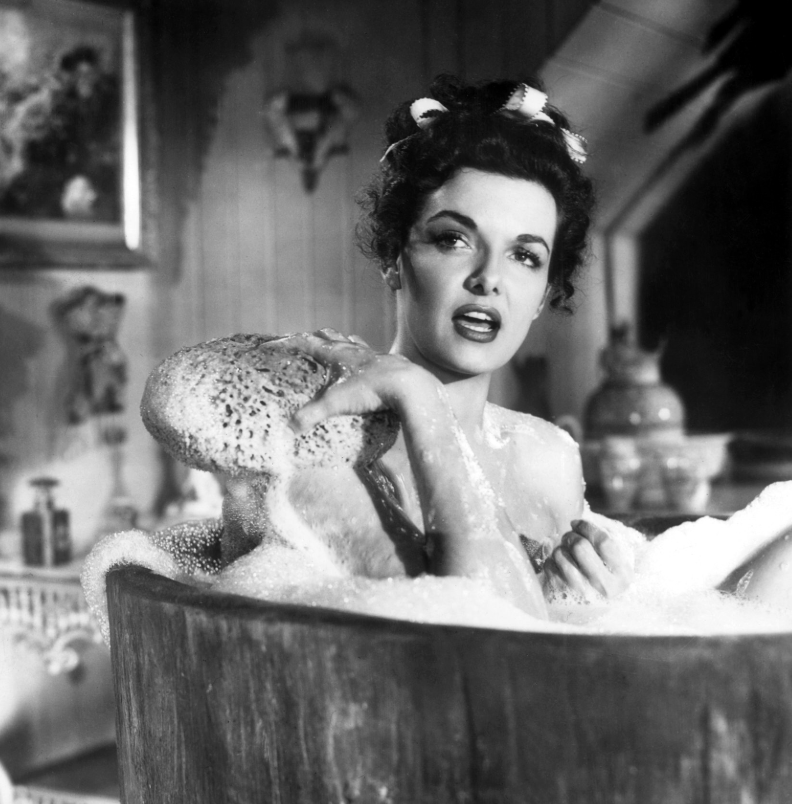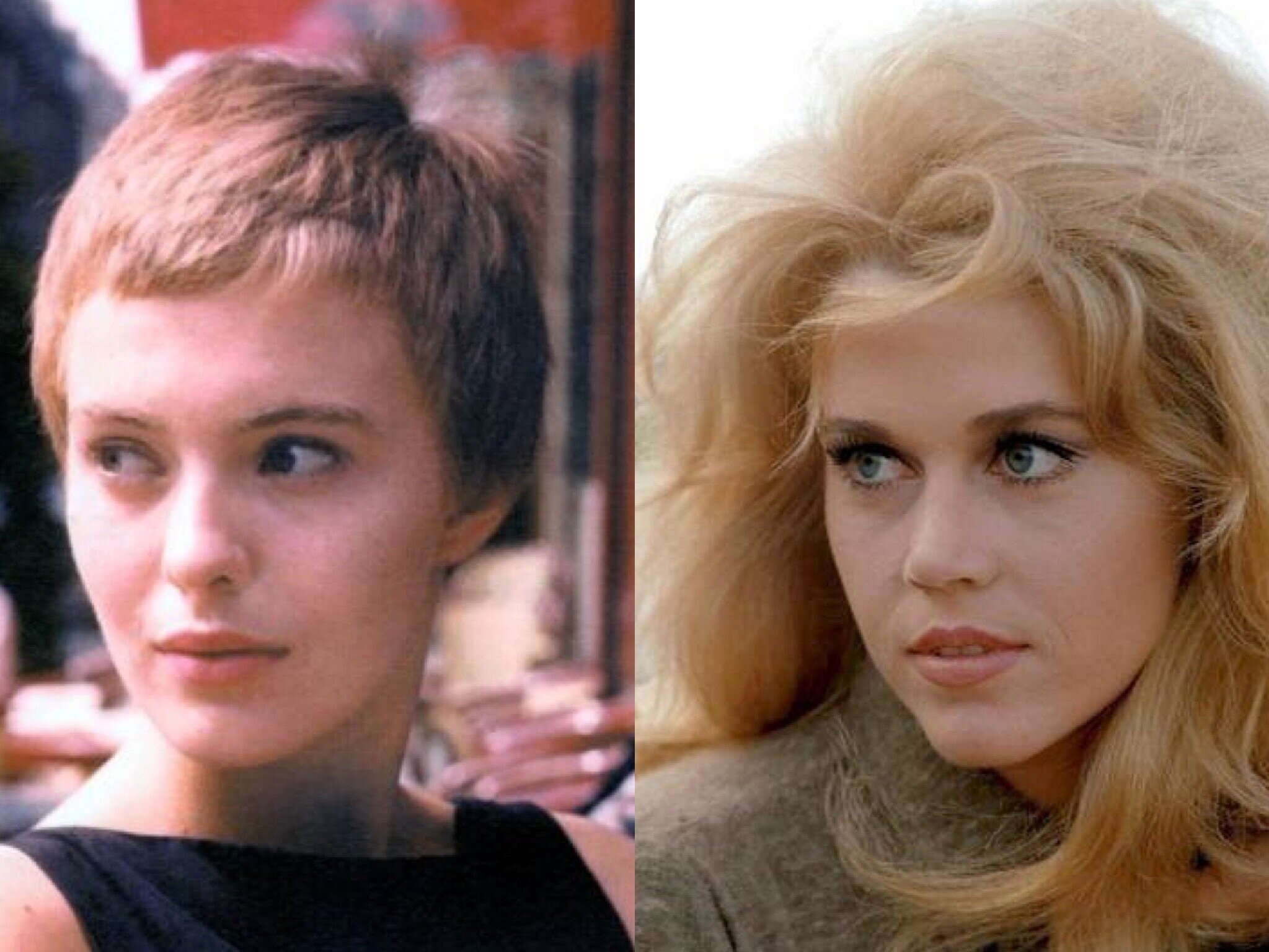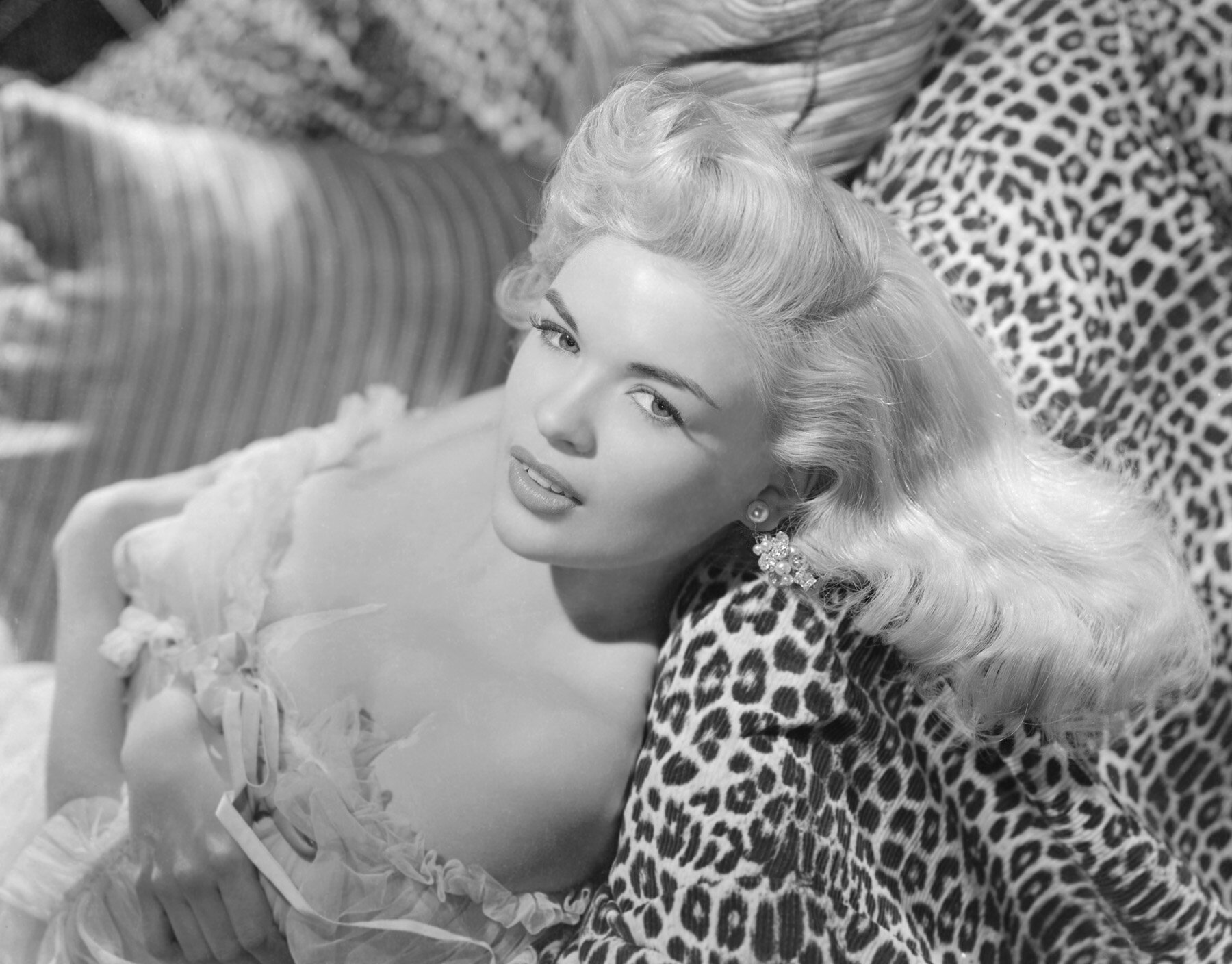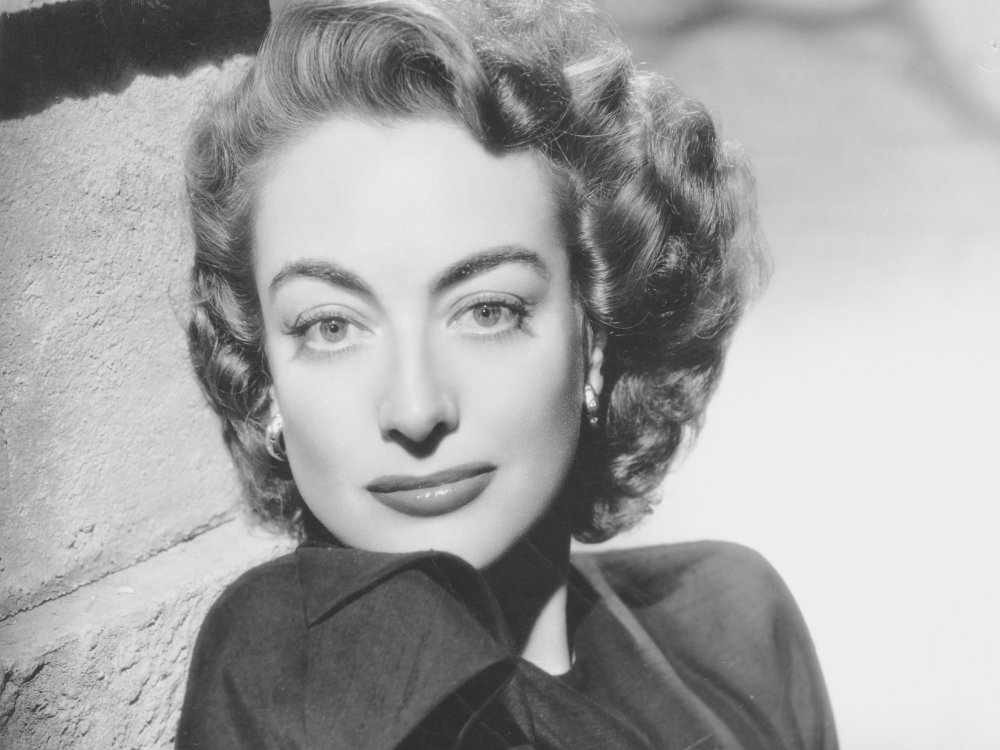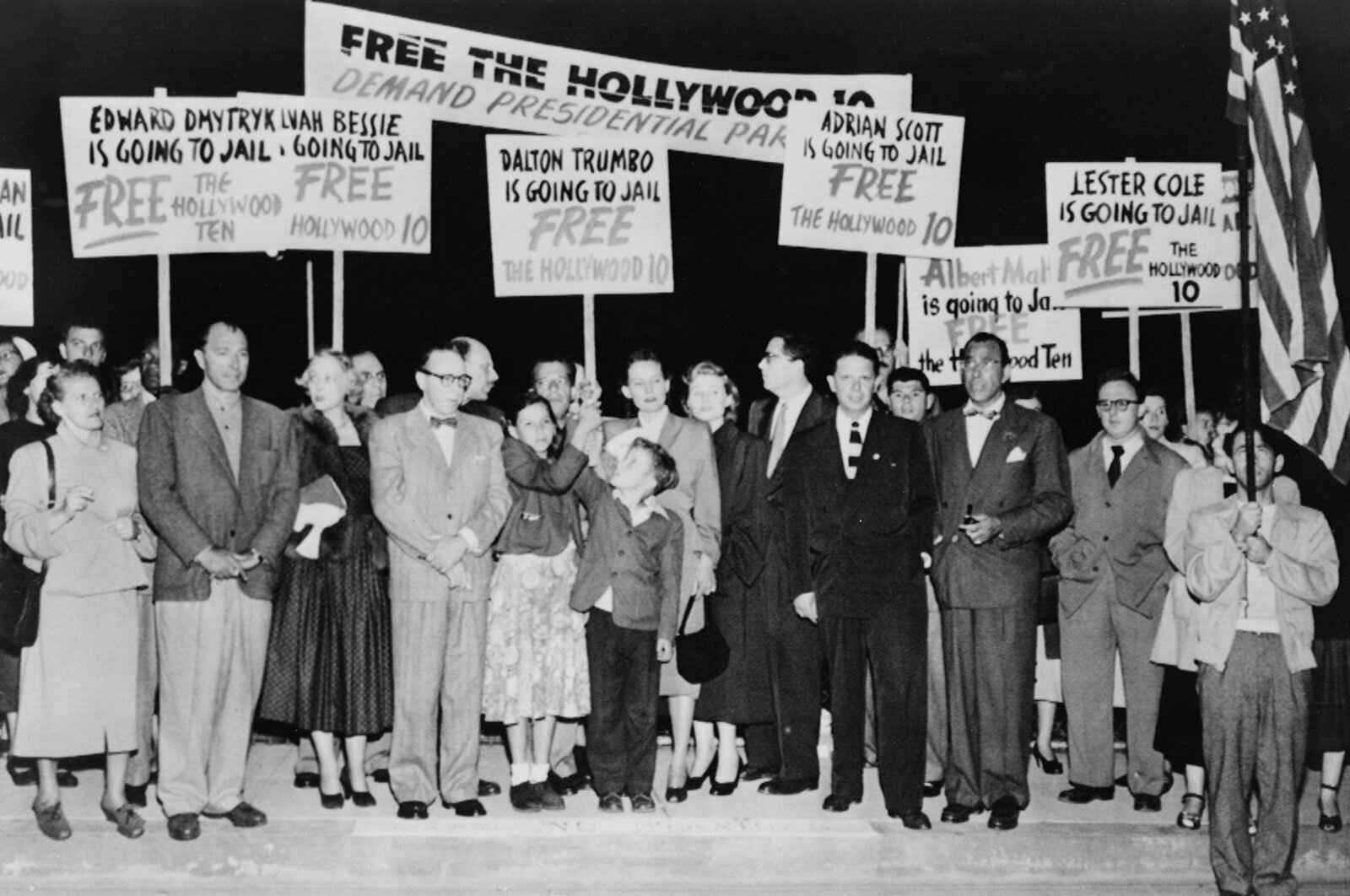Erotic 90s continues the story of Erotic 80s, with 21 episodes tackling sex in Hollywood movies of the 1999s, spanning the creation—and disastrous rollout—of the NC-17 rating in 1990, through the release of Eyes Wide Shut in 1999. Listen to all 21 Erotic 90s episodes here.
Erotic 90s Episodes:
1988: PROLOGUE: PORN, FEMINISM & THE FOLLY OF NC-17 (EROTIC 90S, PART 1): Erotic 80s began with a prologue about the short-lived heyday of the X rating, pornography, and feminism. Erotic 90s begins with a prologue about the disastrous rollout of NC-17 –the X rating’s replacement – and the evolving state of both porn and feminism at the dawn of the 90s. Topics include David Lynch, Harvey Weinstein, “pro-porn” feminism, “the new morality,” video stores, Magic Johnson, date rape and much more. Listen
PRETTY WOMAN, SLEEPING WITH THE ENEMY AND JULIA ROBERTS IN THE EARLY 90S (EROTIC 90S, PART 2): The first blockbuster about sex of the 90s, Pretty Woman both reinvigorated Richard Gere’s career, and turned Julia Roberts into the biggest female movie star of the era. We’ll dissect the gender politics of this fantasy about love between a streetwalker and a corporate villain, analyze its lasting appeal, and trace the wild rollercoaster ride of the first few years of Roberts’ movie stardom. Virtually unknown before 1989, within a year of Pretty Woman’s release Roberts was considered the most bankable woman in movies, a controversial icon of 90s womanhood and, eventually, a romantic antihero whose performances and personal life were put on a pedestal by a breathless media, only to be swiftly knocked down. Listen
“THE ACTRESS EVERYBODY WANTS TO FUCK”: THERESA RUSSELL AND SONDRA LOCKE (EROTIC 90S, PART 3): An enigmatic sex symbol dating back to the 70s, Theresa Russell made a play for Hollywood stardom in the late 80s and early 90s, making a number of films about the sexual commodification and role playing. Ken Russell’s Whore was marketed as a gritty answer to Pretty Woman, showing the “truth” about Los Angeles street prostitution. In Impulse, a neo-noir romance in which Russell plays an undercover cop posing as a sex working in a hopelessly corrupt LAPD, Russell was directed by Sondra Locke, longtime girlfriend and co-star of Clint Eastwood. When Eastwood dumped Locke while she was directing the movie, she fought back, instigating a series of lawsuits that revealed that Eastwood and his studio had conspired against her. Listen
THELMA & LOUISE (EROTIC 90S, PART 4): One of the most controversial movies of the 1990s, Thelma & Louise pushed every hot button of the new decade: date rape, sexual harassment, the failure of the feminist movement to create real change for the working class, and how pissed off women were, or were not, entitled to be about all of the above. Though it made more noise as a media phenomenon than at the box office, Thelma & Louise made so many people so mad that it had the feeling of a turning point. We’ll talk about the anger the movie communicated, the anger it inspired, and debate its lasting legacy. Listen
THE BLANKS FROM HELL: FATAL ATTRACTION’S CHILDREN (EROTIC 90’S, PART 5): In the five years after the release of Fatal Attraction, Hollywood scrambled to make one movie after another about homes and workplaces invaded and threatened by sexy outsiders. Today we’ll talk about five of these films: Presumed Innocent (1990), The Hand that Rocks the Cradle (1992), Single White Female (1992), Consenting Adults (1992), and The Temp (1993). Listen
BASIC INSTINCT (EROTIC 90’S, PART 6): One of the biggest hits of 1992, Basic Instinct was sold as Michael Douglas’s return to Fatal Attraction territory, but its success owed to an alchemy of three other creatives: a writer (Joe Eszterhas) who was driven to become the highest-paid scribe in movies; a director (Paul Verhoeven) who was determined to redefine the amount of sex considered acceptable in a Hollywood movie; and a female lead (Sharon Stone) who had waited a long time for her breakout role, and finally found it in a bisexual murderess with the sheen of a Hitchcock blonde. We’ll talk about all of that, detailing the extremely messy production that was protested by LGBT activists – and its screenwriter – virtually from beginning to end, and examine Basic Instinct as a collision of toxicity and commerce that was emblematic of just-pre-Clinton era. Listen
MURPHY BROWN, DAN QUAYLE AND DAMAGE (EROTIC 90’S, PART 7): In the early 90s, one of the biggest scripted shows on TV was Murphy Brown, starring 40-something Candice Bergen as a product of the 60s whose high-powered career precluded marriage and family. When the character became a single mother, and was criticized for it by vice president Dan Quayle, a massive conversation about “family values” began that would change the culture – and, arguably, American politics. Off-screen, Bergen was married to French filmmaker Louis Malle. While his wife was in the middle of the “family values” maelstrom, Malle was making Damage, one of the most sexually intense films of the 90s, and one which used sexuality to explicitly critique the hypocrisy of politicians. Listen
90S LOLITAS, VOLUME 1: DREW BARRYMORE, AMY FISHER AND ALICIA SILVERSTONE (EROTIC 90’S, PART 8): Culture in the 90s was obsessed with the sex lives of teenagers. This is a theme we will come back to several times throughout the season. In this episode, we’ll talk about Drew Barrymore, who became a massive star at age 7 in E.T., went to rehab at 13, became an emancipated minor at 15, and immediately started pushing buttons with naked photo shoots and her comeback role as a murderously seductive teen in Poison Ivy. With teenaged Drew scantily clad in magazines and on screen – and “Long Island Lolita” Amy Fisher making headlines for shooting her adult lover’s wife – the media was eager to exploit the precocious sexuality of other teen girls. But while she made her film debut in the Poison Ivy-esque The Crush, Alicia Silverstone vocally pushed back on being branded “the next Lolita”. Listen
RED SHOE DIARIES AND SEX ON TV IN THE 90S. (EROTIC 90’S, PART 9): While the MPAA’s confusing and hypocritical ratings decisions were leaving filmmakers flummoxed in the early 90s, cable TV was opening up new possibilities for erotic content. Today we will offer a brief history of sex on TV, and then focus on Red Shoe Diaries, the cheesy-but-charming late night softcore soap that was the brainchild of 9 ½ Weeks writers/producers Zalman King and Patricia Knop. Listen
MADONNA: SEX, EROTICA AND BODY OF EVIDENCE (EROTIC 90’S, PART 10): In the early 90s, Madonna was the biggest pop star in the world, and she used – and in the minds of some, squandered – her star capital to launch a multi-media exploration of sexuality: the album Erotica and its companion book Sex, followed by her starring role in the much-maligned erotic thriller Body of Evidence. What was Madonna really trying to do in 1992-1993, how was it perceived and misunderstood at the time, and how does the blowback she experienced then relate to how she is being criticized today? Listen
INDECENT PROPOSAL (EROTIC 90’S, PART 11): Are men okay? Several films from 1993 answered that question with a resounding no. One of the highest-grossing movies of its year, Adrian Lyne’s Indecent Proposal was misunderstood as a gimmick, and its insight into toxic masculinity and male sexual insecurity got lost in a media frenzy, much of it sparked by feminists. What had changed since Lyne’s Fatal Attraction, in Hollywood and in the culture? We’ll also talk about Proposal star Demi Moore as the controversial “diva” of the moment. Listen
SLIVER AND SHARON STONE AS SUPERSTAR (EROTIC 90’S, PART 12): Sharon Stone and Joe Eszterhas’s post-Basic Instinct reunion film was one of the most troubled productions of the 90s. A post-Hitchcock tale of sexual surveillance given a technological update for the 90s, after a long battle with the MPAA the sanitized, R-rated version of Sliver was rejected by critics and audiences, but the movie and the juicy gossip leaked from its production (which included a love pentagon involving both actress and screenwriter) only enhanced Sharon Stone’s aura as an old-school Hollywood star for a decade that didn’t know what to do with her. Listen
THE LAST SEDUCTION, DISCLOSURE, & FEAR OF THE FEMALE BOSS (EROTIC 90’S, PART 13): The 90s were obsessed with what magazine writer Tad Friend would describe as “do me feminism” – and the attendant fear that men could be victims of female sexual aggression. Two films from 1994 married these anxieties to the still-lingering bugaboo of the 80s, the powerful career woman. But though the female stars of The Last Seduction and Disclosure (Linda Fiorentino and Demi Moore) were styled almost identically, the films had very different points of view on the panic over female power. Listen
SHOWGIRLS, JADE, AND THE FALL OF JOE ESZTERHAS (EROTIC 90’S, PART 14): Joe Eszterhas’s tenure as the hottest screenwriter in town ended with two notorious 1995 flops: the NC-17 rated Showgirls (directed, like Basic Instinct, by Paul Verhoeven) and Jade (produced, like Sliver, by Robert Evans), We’ll analyze why these films failed to connect with audiences in 1995, and, more importantly, why the media at the time seized on them as major embarrassments for the industry. Listen
“LESBIAN CHIC”: BOUND AND ANNE HECHE IN WILD SIDE (EROTIC 90’S, PART 15): At the beginning of the 90s, lesbians were a punchline for a male-gaze-oriented media, an easy target for expressing the anxiety that women might not need men after all. By the middle of the decade, women-loving-women had become the heroes of a number of neo-noir crime films, but the culture at large still rejected lesbianism when not intended to arouse men. While The Matrix has widely been reappraised as a trans allegory after the transitions of its directors the Wachowski sisters, their previous feature Bound was transparently queer, but its reception was complicated by the media’s perception of its makers. Bound was released just a few months after the burial of an extremely similar film called Wild Side. Barely seen on its initial release amidst studio recutting and the suicide of its director, today Wild Side plays as a heartbreaking and troubling example of what could have been for its star Anne Heche, who would soon after become one-half of the most famous lesbian couple in Hollywood – and suffer the career consequences. Listen
CRASH AND DAVID CRONENBERG (EROTIC 90’S, PART 16): One of the only high-profile NC-17 releases post-Showgirls, David Cronenberg’s Crash was the kind of dark adult art film that the rating was supposedly created to support. We’ll talk about how Crash fits into Cronenberg’s filmography, why it was controversial when it premiered at the Cannes Film Festival in 1996 and when it was released in the US in 1997, how it played into the UK general election of 1997, how it functioned as an early warning against charismatic billionaires, and how it embodied a post-Prozac and pre-Viagara moment. Listen
THE LYNCH FAMILY: BOXING HELENA & LOST HIGHWAY (EROTIC 90’S, PART 17): One of the most notorious – and least seen – erotic narrative films of the 90s, Boxing Helena was the misbegotten passion project of Jennifer Lynch, daughter of David Lynch. Four years after Boxing Helena, the elder Lynch released one of his most controversial films, Lost Highway, which tackles similar themes as Boxing Helena, including male sexual fragility and the “Madonna-Whore” complex. Today, we’ll talk about how Boxing Helena became bigger as a punchline than a movie, and we’ll trace David Lynch’s career as a provocateur to try to explain why his excavation of the dark, sexual core of Americana was celebrated when he made Blue Velvet, and pilloried a dozen years later when he made Lost Highway. Listen
90’S LOLITAS VOLUME 2: ADRIAN LYNE’S LOLITA (EROTIC 90’S, PART 18): In the previous decade, Adrian Lyne had made two movies (Fatal Attraction and Indecent Proposal) that had grossed over $100 million in the US alone. With carte blanche to do whatever he wanted, he adapted the Nabokov novel about a 40-year-old pedophile’s obsession with his adolescent step-daughter – and no distributor wanted to release it. In a decade rife with the commodification and sexualization of young teens (see our previous episode on Drew Barrymore), what lines did Lyne’s Lolita cross? Listen
90S LOLITAS VOLUME 3: WILD THINGS, CRUEL INTENTIONS AND BRITNEY SPEARS (EROTIC 90’S, PART 19): If Adrian Lyne’s Lolita became a case study of what Hollywood and America didn’t want to acknowledge about its sexualization of young girls, as the 90s came to a close, the culture was full of “acceptable” depictions of teens in heat. Two hit films from 1998 and 1999, Wild Things and Cruel Intentions, adapted classic templates of adult sexual manipulation to turn teen girls into femme fatales (probably not coincidentally, both featured actresses Neve Campbell and Sarah Michelle Gellar, who were famous for playing high school students on TV). Also, no coincidence: these films entered the culture simultaneous to the debut of 17-year-old Britney Spears, whose videos and persona centered her status as “not a girl, not yet a woman.” Listen
EYES WIDE SHUT, PART 1 (EROTIC 90’S, PART 20): At the peak of their careers, Tom Cruise and Nicole Kidman left Hollywood for two years to collaborate with legendary filmmaker Stanley Kubrick on an erotic drama that the media speculated would pull back the curtain on maybe the most fascinating famous couple in the world. Though the meta element can’t be ignored, what Eyes Wide Shut actually ended up being is much more interesting. It’s a culmination of every theme and trope we’ve discussed across Erotic 80s and 90s, and the last film of the twentieth century headlined by American superstars to question the moral rot of the rich and powerful. In part 1 of the Eyes Wide Shut story, we’ll analyze the film and the media frenzy over the mystery of its making. Listen
EYES WIDE SHUT, PART 2, AND THE SEXIEST MAN ALIVE IN 1999 (EROTIC 90S, PART 21): In part 2 of the Eyes Wide Shut story, the movie is finally unveiled, and critics are divided on its quality and the use of digital effects to evade an NC-17 rating. Where could Hollywood eroticism go from here? We’ll wrap up the Erotic 90s story with some thoughts on Richard Gere’s two-decade journey from American Gigolo to becoming PEOPLE Magazine’s 1999 “Sexiest Man Alive,” and other ways in which time and politics combined to make that which was once transgressive harmlessly mainstream. Listen


